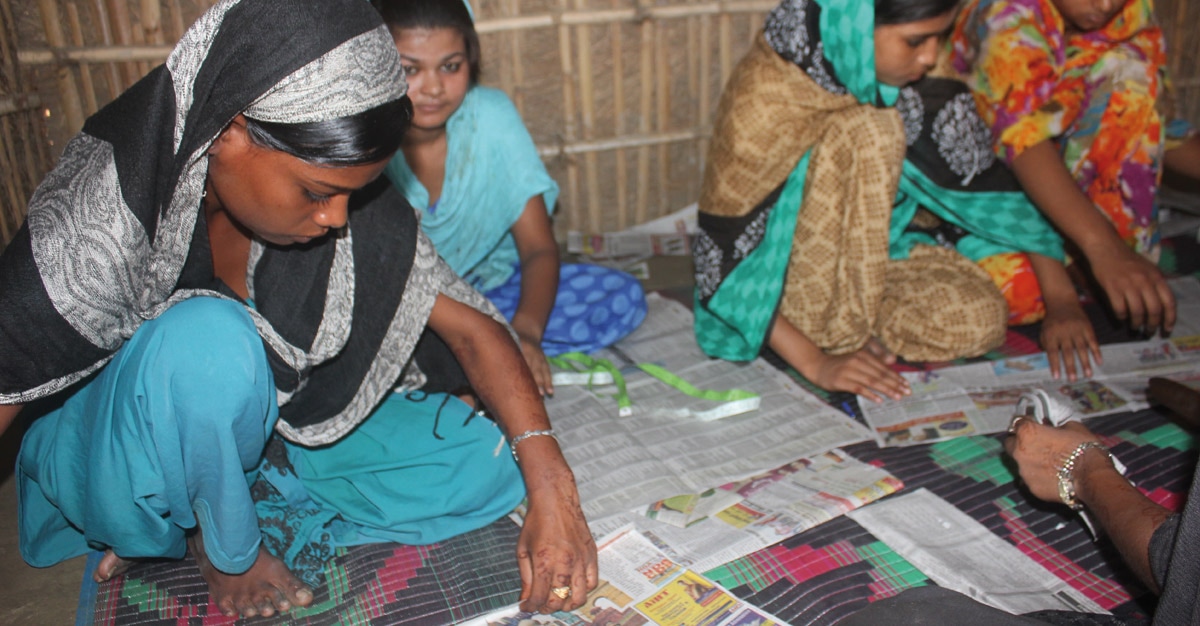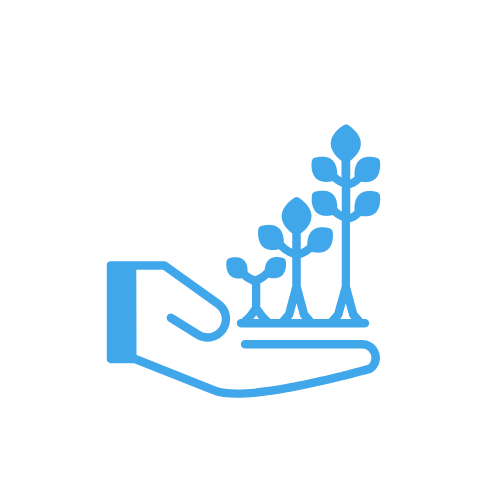Supporting trafficked and migrant children to escape prostitution on the India-Nepal border24/4/2017
Few people are aware that the India-Nepal border is one of the largest corridors for human trafficking on the planet. While the outside world pays little notice, the problem has reached endemic proportions with an estimate of nearly 200,000 Nepalis having already been trafficked into India.
The vast majority of these victims are women and children who are subjected to forced labour, prostitution, and sexual abuse. The porous, 400-mile-long border between southern Nepal and Bihar, one of India’s poorest states, is an ideal environment for traffickers to operate within. There has been a further spike in the trafficking of women and children since the devastating April 2015 earthquake in Nepal. Each year an estimated 7,000-10,000 women and children are trafficked through Bihar, many ending up in de facto slavery in Bihar’s red-light zones. With nearly a quarter of those trafficked below the age of 16, the situation is particularly grave for children. Currently, the precedent for young girls in these communities is to follow their mothers into prostitution. What we are doing to help Together with local organization Tatvasi Samaj Nyas (TSN), Children on the Edge has established two education and skills training centres in two of Bihar’s most prominent red light areas. Cut off from society at large, the government will not run schools in the red-light areas, so these centres aim to provide training and care to some of India’s most vulnerable children. By offering basic education and information about their value and rights as children, the hope is that these children will explore alternative options to the sex trade. Currently the main activity at the centres is a sewing skills programme which provides preparatory job training to 15 teenage girls at each site. The goal of this is to not only to equip young women with a skill with which they can support themselves, but also provide a practical means for them to leave the red-light area where they live. Each student is provided with their own sewing machine, which will then belong to her upon completion of the programme. “Having a machine of their own to start a new life with, gives these girls so much more confidence,” says John Littleton, our Asia Regional Manager. “These young women would otherwise be unable to save the money needed to buy one, without resorting to loan sharks or prostitution. It’s a small gift that can make a huge difference in the trajectory of their lives.” Without this type of training, the girls report that the overwhelming expectation upon them is to work in the sex trade by age 18 or sometimes younger. For this reason, the sewing skills programme provides a critical way out of prostitution for 30 women each year. Conditions are cramped in the classrooms, yet the enthusiasm of the girls is clear to see. Lajuli aged 14, says, “I am hoping that these classes will give me a way to leave this community.” Her goal is to become a seamstress and sewing teacher in the nearby town of Prunea once her training is complete later this year. From there, she says, she can begin a new life outside of the brothel area. Further, the programme offers non-formal education classes in subjects like math and literacy to over sixty school-aged children at two learning centres in the red-light areas. These centres are a place where children can leave behind the uncertainty of their surroundings and feel secure. Teachers are trained to work with the students to create a safe and caring environment where the children are free to express themselves. For young Mehul, aged 10 years old, these classes are the only exposure to education he has ever received. His typical day is spent helping his father work the crops in a nearby field and care for his younger siblings. His favourite subject is maths, and he hopes that the skills he learns will prepare him to run his own shop someday. Special effort is also made to emphasise the intrinsic value of each child, as migrants or members of the Dalit castes often feel scorned by the society around them. The aim of the programme is to educate them about their rights and help them engage with the world outside of the red-light district. Our aim is to build the capacity of these Centres and link them with our partners in Patna for training, so they can strengthen their current small-scale education provision for children living in these communities. The Centres will develop their teaching, enabling students to receive lessons in reading, writing, maths, and hygiene, alongside creative activities important for helping them cope with their difficult surroundings. We would also like to build up more resources for the sewing programme. Support usComments are closed.
|
RECEIVE OUR EMAILSBlog Categories
All
Archives
July 2024
|
|
JOIN US ON SOCIAL MEDIA
|
Annual Report | Contact Us | Jobs | Media Centre | Resources | Shop
Accessibility & Policies: Accessibility | Equity, Diversity & Inclusion Policy | Complaints| Privacy Policy | Safeguarding
Accessibility & Policies: Accessibility | Equity, Diversity & Inclusion Policy | Complaints| Privacy Policy | Safeguarding
Children on the Edge, 5 The Victoria, 25 St Pancras, Chichester, West Sussex, PO19 7LT, UK | 01243 538530 | [email protected]



 Give monthly
Give monthly Fundraise for us
Fundraise for us RSS Feed
RSS Feed
